Description
Sweetcorn Early Extra Sweet
Sweetcorn Early Extra Sweet (also known as Dolce) is as popular as ever and despite newer hybrid varieties is still considered by many to be the finest all-around sweet corn available. It has good vigor and consistent production of 7in ears, and an excellent balance of sweetness to rich ‘corn’ flavor. 80-85 days. 6ft.
Cultivation Advice
- Plant Sweetcorn ‘Early Extra Sweet’ after the last frost date when the soil has warmed up. This variety is specifically bred for early maturity, so you can plant it earlier in the season.
- Choose a well-draining, fertile soil for planting. Work in organic matter such as compost to improve soil structure and nutrient content. Corn plants are heavy feeders, so a nutrient-rich soil is beneficial.
- Plant the seeds in rows, leaving adequate space between the plants. Sweetcorn is wind-pollinated, so proper spacing helps ensure good pollination and well-filled ears.
- Corn plants require full sunlight to thrive. Ensure they receive at least 8 hours of direct sunlight daily.
- Sweetcorn benefits from a balanced fertilizer application. Incorporate a complete, well-balanced fertilizer at planting and side-dress with additional fertilizer when the plants are knee-high
- Keep the soil consistently moist, especially during periods of active growth and when the tassels and silks are forming. Corn is particularly sensitive to drought during the pollination period.
- Apply a layer of mulch around the base of the corn plants to retain soil moisture, suppress weeds, and regulate soil temperature.
- As the corn plants grow, consider hilling soil around the base of the stems. This provides stability to the plants and can encourage additional root development.
- While Sweetcorn ‘Early Extra Sweet’ is not typically very tall, providing support in the form of stakes can help prevent damage from strong winds.
- Sweetcorn ‘Early Extra Sweet’ is bred for early harvest, typically around 65-75 days after planting. Harvest the ears when the silk turns brown, and the kernels are plump and filled with sweet juices. To check for ripeness, pierce a kernel with your fingernail; if a milky liquid squirts out, the corn is ready.
- If you plan to save seeds for the next year, isolate Sweetcorn ‘Early Extra Sweet’ from other corn varieties to prevent cross-pollination.
- To extend your harvest, consider planting Sweetcorn ‘Early Extra Sweet’ in succession, with a few weeks between plantings.
- Monitor for common corn pests, such as corn earworms or aphids. Consider using natural predators, like beneficial insects, or use organic methods of pest control.
- Practice good garden hygiene by removing any plant debris, and avoid planting corn in the same location year after year to reduce the risk of soil-borne diseases.
- Seek advice from local gardening experts or extension services for region-specific tips and recommendations tailored to your local climate and condit
- To enhance pollination, consider planting corn in blocks rather than single rows. This increases the likelihood of wind-driven pollen reaching the silks.
- Ensure consistent and deep watering, especially during hot and dry periods. Inconsistent watering can lead to poorly filled kernels.
- Sweetcorn is sensitive to cold temperatures. If unexpected late frosts are a concern, consider using row covers or protective measures to shield the young plants.
- Mulch not only helps with moisture retention but also suppresses weeds around corn plants. Weeds can compete for nutrients and water, so keeping the area around the plants clear is beneficial.
- If you have space, consider planting multiple varieties of corn with different maturity dates. This can help extend your harvesting season and provide a variety of flavors.
- If you’re not consuming the harvested corn immediately, store it in the refrigerator to preserve its sweetness and quality. Corn begins to lose its sweetness rapidly after harvest.
- If you plan to save seeds, allow a few ears to fully mature and dry on the stalk. Harvest the dry ears, remove the kernels, and store them in a cool, dry place for next year’s planting.
- Planting beans or other nitrogen-fixing plants near corn can help enhance soil fertility, as corn is a heavy nitrogen feeder.
- Practice crop rotation to prevent soil-borne diseases and pests. Avoid planting corn in the same location where corn or other related crops were grown in the previous year.
- Remove corn stalks and plant debris from the garden after harvest to reduce the risk of overwintering pests and diseases.
- Encourage natural predators like ladybugs, lacewings, and predatory beetles to help control potential pests in your garden.
- Experiment with various ways to enjoy Sweetcorn ‘Early Extra Sweet.’ Whether you grill it, boil it, or use it in salads or soups, the versatility of sweetcorn adds a delightful touch to many dishes

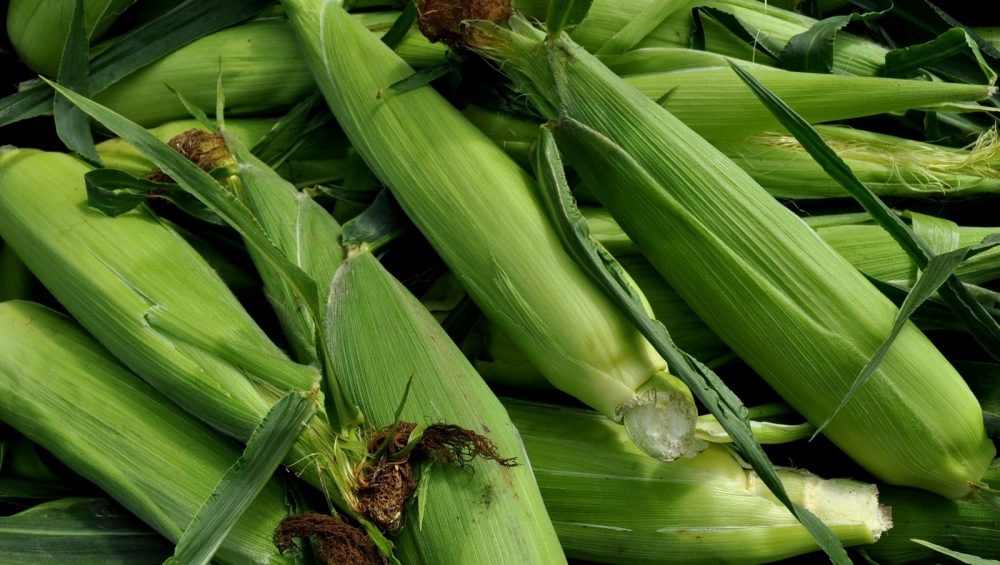
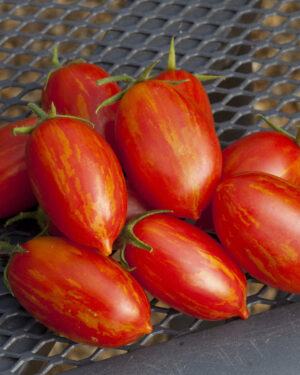

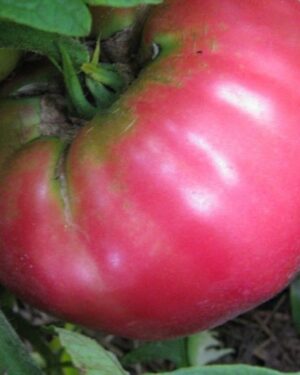


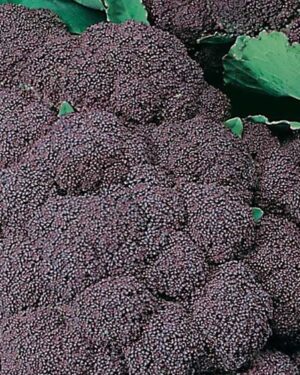
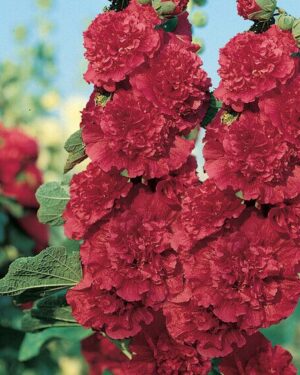
Reviews
There are no reviews yet.